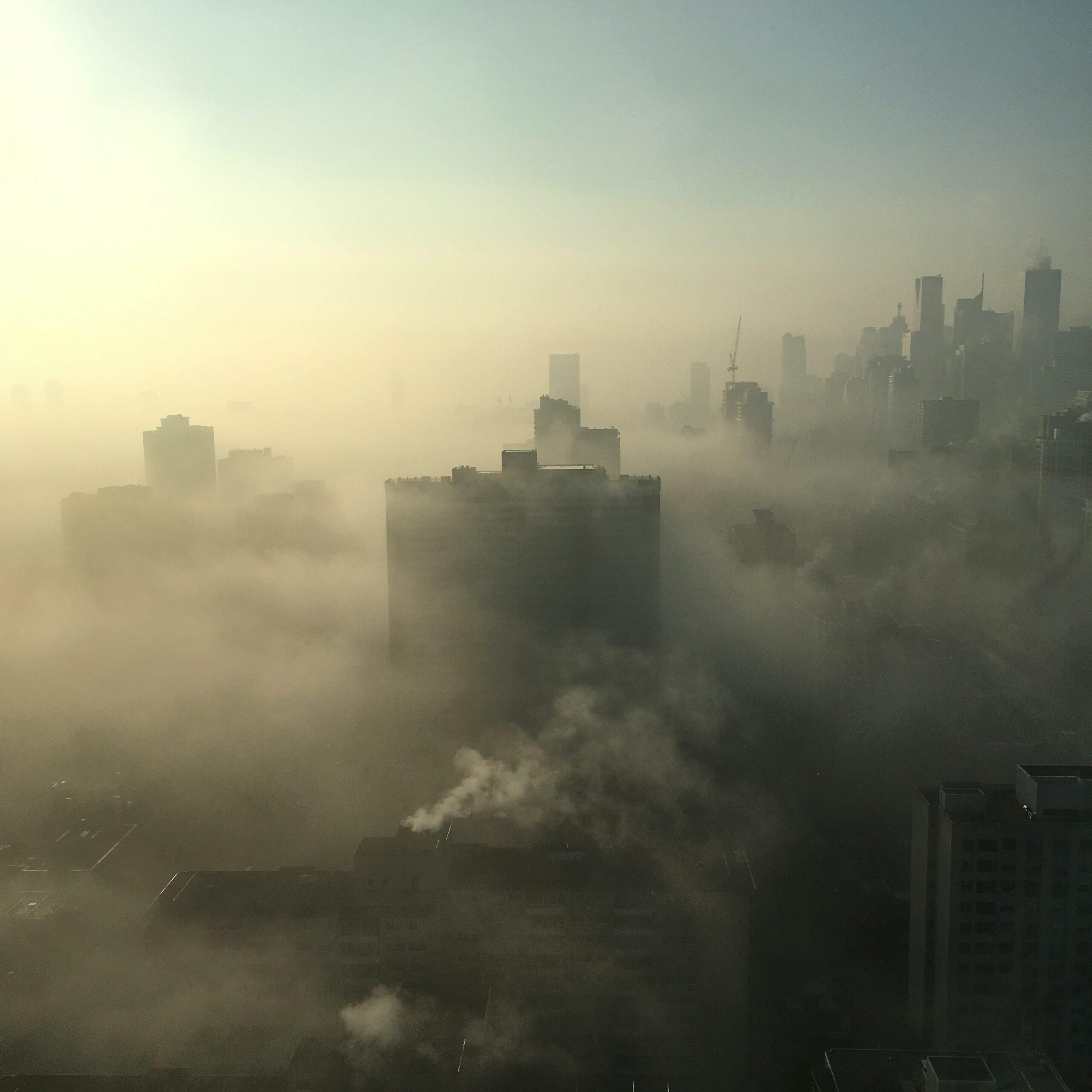If your child has been diagnosed with asthma, the first step is for you to understand what is happening to your child when asthma strikes. During an asthma attack, the tubes (bronchi) carrying oxygen from the windpipe to the lungs are narrowing as the muscles around those tubes tighten, and the lining of those tubes are swelling with inflammation while the tubes are filling with mucous.
What brought on a first asthmatic episode and what might spur future episodes? If inflammation is the major culprit, what can cause inflammation in your child?
Triggers
Infection
Especially in young children, infection is the most common cause and maybe the only cause of asthma. As a child ages beyond 2 to 3 years, episodes caused by infection decline and may disappear.
Chemicals
Cleaning agents used in the home, second-hand tobacco smoke and scented cosmetics are frequent irritants that precipitate an asthmatic episode in a sensitive child.
Outdoor air pollution
Stagnant air increases pollution in times of high humidity, such as when there’s a smog alert. This especially occurs in metropolitan areas with high vehicle emissions and residences that are adjacent to industrial sections of the neighborhood with significant smokestack and vehicle emissions.
Cold air
Sudden cold air inhalation and intense exercise can also provoke attacks.
Allergens
Some of us are wired differently. And instead of accepting a substance, our bodies get upset. The part of the body that gets out of whack is called the immune system. It sends out messages that cause us to itch, sneeze, wheeze and weep, as well as incite our noses to drip.
Household
The most common allergens are household agents such as dust mites, pet dander, down/feathers and roaches.
Outdoors
Outdoor agents like pollens are seasonal allergens, beginning with tree pollination in the early spring and subsiding late in May. Grasses mainly affect people in late spring into early summer, while weeds cause allergic reactions in late spring through the summer. Ragweed pollen causes reactions from mid-August through September. Blanketing this whole period are mold spores from early spring to a hard frost with peaks during high humidity and decaying vegetation in the fall.
Food
Foods may also generate the allergic antibody causing different reactions like asthma in people. Though it’s common to hear about allergies provoked by milk, egg, wheat, nuts and peanuts, unusual items like celery can cause allergic reactions, notably when eaten by certain individuals just before intense exercise. Some foods precipitate an episode only when eaten during a patient’s “allergy season” and may be eaten with impunity at all other times.
Medication
From aspirin to penicillin, medications can also be allergens. However, there is no way to predict or test if a person is allergic to a medication if a reaction has never occurred. If you or your child experience a reaction while taking a medication, seek a specialist’s advice.
If a child has asthma, is it likely that he or she will react to all or most of the above agents? Not at all. Be aware of the exposures that occurred during the few hours before the onset of an episode. This proves a great help for a trained physician to evaluate and possibly test for highly suspect culprits that can cause asthmatic attacks. Once you’re able to identify the triggers and/or the allergens that cause an episode, you can proceed to the next steps.
Prevention
Follow these tips to eliminate or minimize exposure to triggers.
- Don’t allow smoking anywhere in the entire home nor in the vehicle the asthmatic child travels in.
- Identify and eliminate household cleansing agents and cosmetics that have precipitated an episode.
- Minimize exposure to the outside environment if known to precipitate or exacerbate respiratory distress. If exposure is necessary, insist that the child wears a quality mask, like a HEPA filter mask.
- Minimize sudden cold temperature exposure. And when known to precipitate an attack, strenuous elective physical activity in a cold environment should be eliminated. That said, no one should become an “asthma cripple.” Encourage continued exercise in the proper conditions.
- Eliminate known allergic agents and triggers. Whether your child appears allergic to an animal, feathers in furnishings, foods, medications or scented agents, removing allergens to which your child reacts is the best prevention for avoiding episodes. Some allergens that cannot be eliminated from the household can be reduced by protective covers, filters and bedding washed frequently in very hot water (130-plus degrees). For people allergic to roaches, frequently inspect for the bugs and appropriately rid the home of any.
While outdoor allergens and triggers cannot be eliminated, you can significantly reduce if not eliminate activities that bring your child into contact with problematic agents. This reduces the frequency and severity of asthmatic episodes and/or allergic reactions.
- Use high efficiency filtering systems in air conditioning systems to reduce allergens and other triggers generated within the home and those that find entrance through the opening of windows and doors.
- Encourage the elimination of window opening during early springtime (tree pollen season) through times of frost (the decline of the outdoor mold season).
- Avoid outdoor activities during high pollen counts (dawn to 10am and in the late afternoon until dark), if your child is sensitive to those agents.
If the above steps do not significantly reduce the frequency and the severity of episodes of asthma, numerous preventive medications can be taken on a daily basis.
Immunotherapy
The leading agent of prevention to airborne allergens is immunotherapy. It reprograms people with susceptible immune systems by decreasing the body’s production of the allergic antibody, which starts the chain reaction to asthma. It also increases one’s protective cells.
Most people should be evaluated for discontinuance of allergy shots, after the person has been getting monthly injections for four to five years. Youngsters who have asthmatic episodes once or twice a month or less should not be considered for immunotherapy, except for children who have had a life-threatening experience from a venom sting.
Many other agents work mainly by lessening a person’s nose or airway symptoms that are caused by an antibody chain reaction. The duration of such treatment is probably similar to that of dental prevention.
Learn about all the potential triggers, allergens and prevention methods for dealing with asthma. Seek expert help in determining which triggers affect your child, eliminating triggers and minimizing your child’s exposure to allergens. Seek information from your family doctor, a trained allergist or someone from the Asthma & Allergy Foundation of America.




